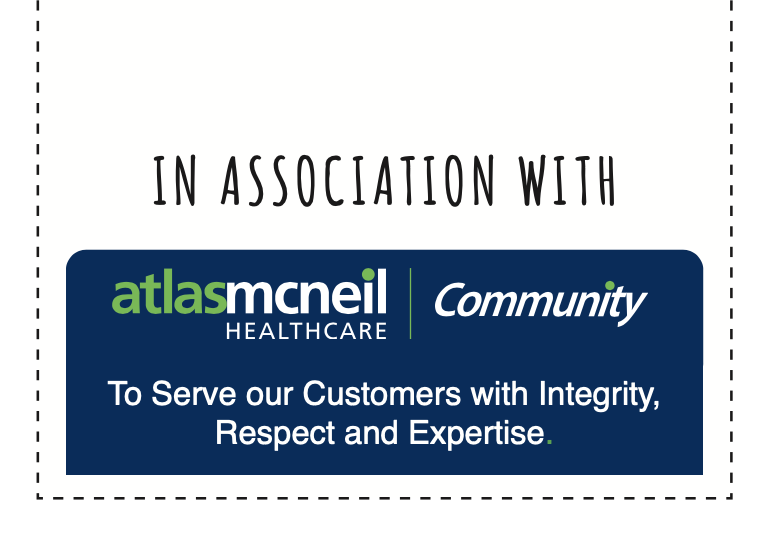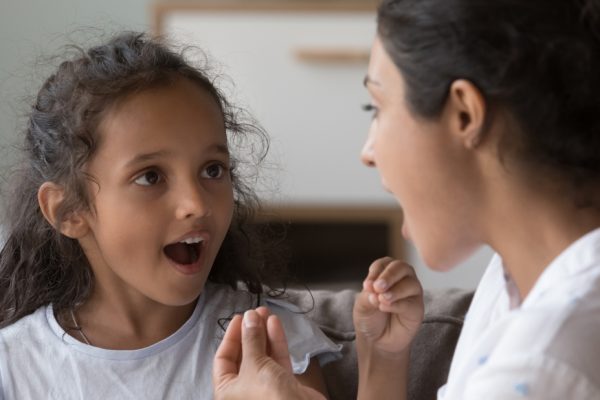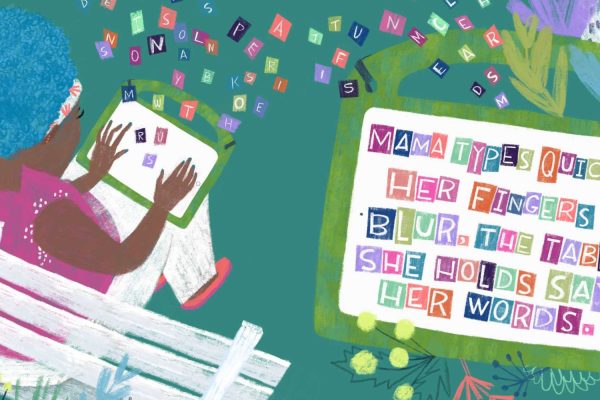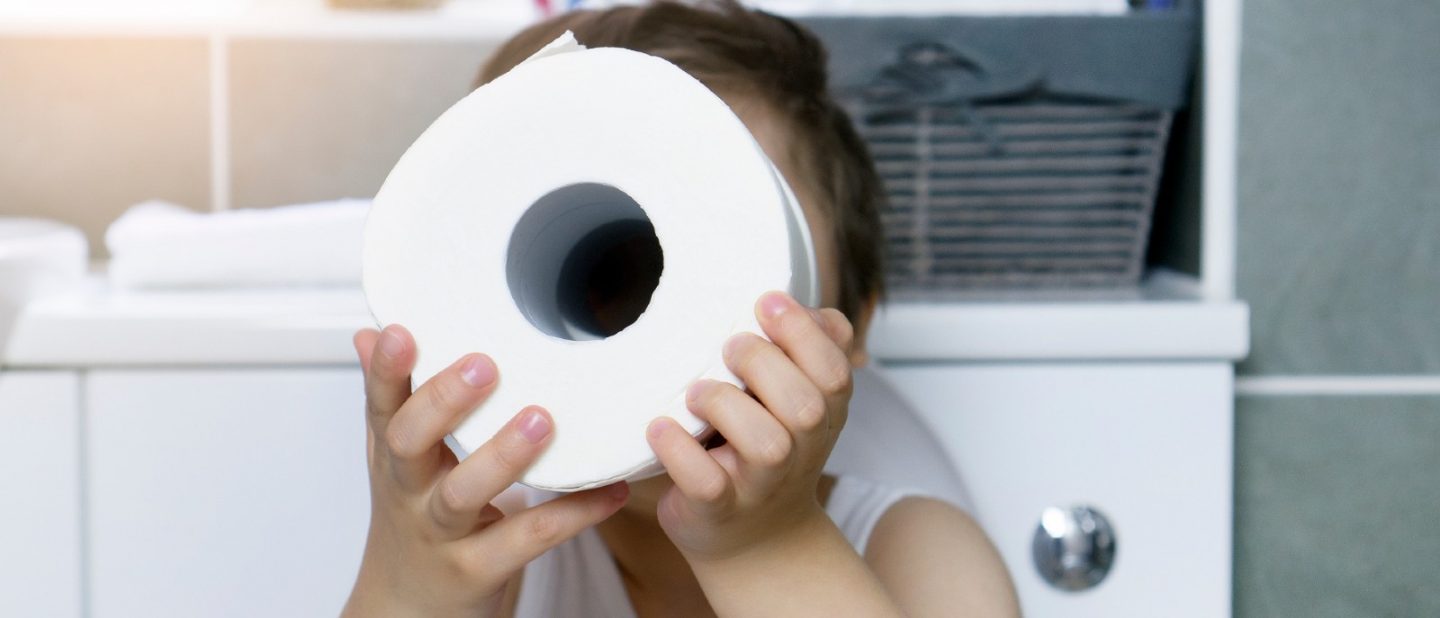
Assisting children with disability to achieve a level of continence
By Nicola Mitchell
Toilet training in children with special needs can be a challenge. Often the child will not display the usual signs of ‘being ready’ to toilet and communication barriers, mobility and cognitive issues all make achieving this goal difficult. Added to this, as parents, we often have other competing goals for our child that take priority as well as the usual challenges of a busy family life and a lack of time.
So before we know it our child is past the age range for toilet training, they are wearing pull ups and we are not sure when, how or if it is even possible to achieve any level of continence. It becomes a normal routine for us and for them and we struggle to change them in dirty community toilets and get used to going out with an ever growing contents in their ‘change bag’.
So how do we start?? (and is it worth all the effort??)
If you would like to try toilet training your child I would encourage you to start with a goal of teaching your child to do a poo on the toilet. This may be too complicated to teach all at once so you might break this down into smaller more manageable segments. Your first segment might be to encourage your child to sit on the toilet after each meal of the day. The reason for doing this is that the bowel starts to move a stool along its length most strongly about 20 minutes after food has been eaten. This is called the gastric-colic reflex and it is strongest first thing in the morning after breakfast. There are some studies in intellectually disabled children and adults that have shown that taking this step alone can increase the number of bowel motions they have (less constipation) and reduce episodes of soiled undies.
But of course getting your child to sit on the toilet for a period of 10 minutes is not necessarily easy. So for segment number 1 you may have to start by building up the length of time they will sit for. Choosing a foot stool is essential to get them sitting in the correct toileting position pic1, and if you purchase something like the Ikea footstool pic 2 you will have space to sit on the end of it and entertain them! Otherwise you may want to give them the ipad, books, sing songs etc to try and keep them seated for as long as possible and build this length of time up slowly.
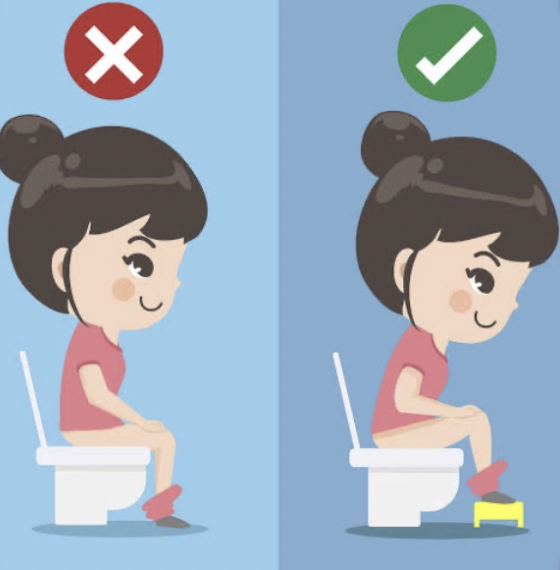

It can take anything from 4-6 weeks for the bowel to get into the rhythm of being ready to empty after a meal once your child is sitting for 10 minutes at a time. But as long as 5-15 weeks for the child to ‘perform’ according to research in this area.
So is it worth the effort? Well I guess ultimately you will be the judge of that but just imagine not having to struggle to change those soiled pull ups. Now that would be a bonus!
Other strategies to maximise success
Plan to start at the right time
Trying to fit in an extra 10 minute activity during your morning routine may seem like a massive effort so make sure you do as much as possible to achieve success.
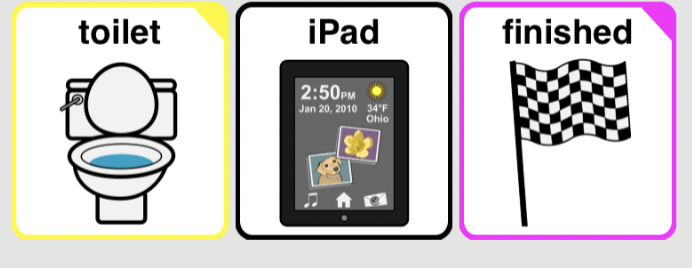

Relate all bladder and bowel activities back to the toilet. This is about making a connection for your child that what happens in the pull up needs to happen on the toilet.
- Try and change your child in the bathroom if possible. If not, when you have finished the change then encourage them to accompany you to the toilet to watch the poo being emptied into the toilet and flushed away.
- Get them involved by explaining what is happening (even if you are not sure they understand) and encourage them to flush the toilet, hand over hand if necessary
- Tell them when you are going to the toilet. When you have finished tell them where you have been and what you have been doing!
Re-enforce the communication
- Use verbal prompts, pictures or hand signs to maximise your child’s understanding.
- Make sure that whatever you use, it is not too complicated. A long schedule strip detailing pants down, trousers down, sit on the toilet, do a poo, blah blah may be too much too soon. So if you are just aiming for a 10 minute sit at first then the strip below may be all you need.
- Keep the language the same. If you decide to refer to doing a poo as a ‘number 2’ then make sure that everyone including family, carers, teachers etc use the same words. The same applies to pictures and hand signs.
Be consistent
- Keep the routine the same across all environments as much as possible by ensuring that the toilet step, the visual aids, the Wiggles toilet song playing on repeat etc are all the same and used in the same way each time.
Praise and reward
- Studies that showed success in the toileting of children and adults with special needs found that the participants were more likely to succeed if they were praised and/or rewarded for their efforts. Even a small gain of sitting for the shortest time should be celebrated and praised. Consider using a reward chart if you think your child will be receptive to this.
Give your child some level of control
- Hence why you should get your child to flush the toilet
- Let them choose the colour of the sticker if you are using a reward chart
- After you have praised them you might give them the choice between two different snacks as a reward. Or maybe a choice of which story you will read to them. Rewards don’t need to be fancy but they do need to happen immediately after the action you are praising.
I hope that reading this article will encourage you to give toilet training a go with your child. Intellectual and physical disability are not necessarily barriers to achieving a level of continence and there are positive gains to be made in ensuring your child’s dignity and encouraging their own self care. Be prepared and plan for a start date so that you can have NDIS funding for a Continence Advisor (which comes from Core funding) to assist you with meeting your child’s goals and prescribe an individual plan for your child that is practical and realistic.


Nicola Mitchell is a Continence Nurse Consultant. For more information on how she can assist you and your child you can contact her at [email protected] or call 0411 200 783


